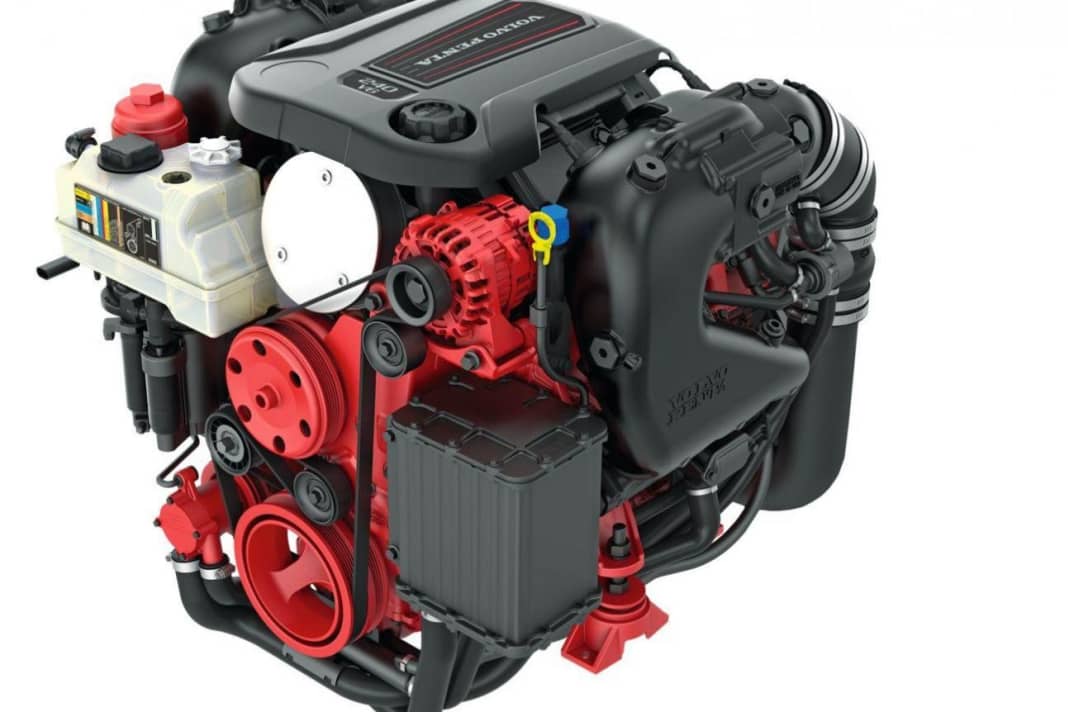
Once you haveBoat purchase Once you have decided on the category, dimensions and drive type, the next question is: Which engine should it be? Owners are faced with the same decision when choosing aRepair or overhaul of the old engine is no longer worthwhile.
When it comes to petrol inboard engines, there are generally two brands you can't avoid:Mercury and Volvo Penta. With their newV6 engines they are available from the shipyard in hundreds of differentSport boats in the 6 to 9 metre class as single or twin installations. Due to their compact dimensions, they are now also a popular replacement for outdated V8 engines.
What many people don't realise is that both the newV6-240 (Volvo Penta) as well as with the4.5L 250 (Mercury) has ushered in a new era for marine engine manufacturers.
In order to keep the costs of the inboards low, Mercury and Volvo Penta have already been usingAggregates from the automotive industry as the basis for their petrol engines. The ever-increasing demands placed on the "old" V6 engine in terms ofWeight, fuel consumption, exhaust emissions, performance and dimensions made continuous further development necessary.






This finally culminated in the construction of a new engine made of aluminium. When production of the oldV6 automotive engine blocks The discontinuation of General Motors' 4.3-litre engines, on which both the Mercury and Volvo Penta engines were based, forced the two manufacturers to look for an alternative for the shipyards.
